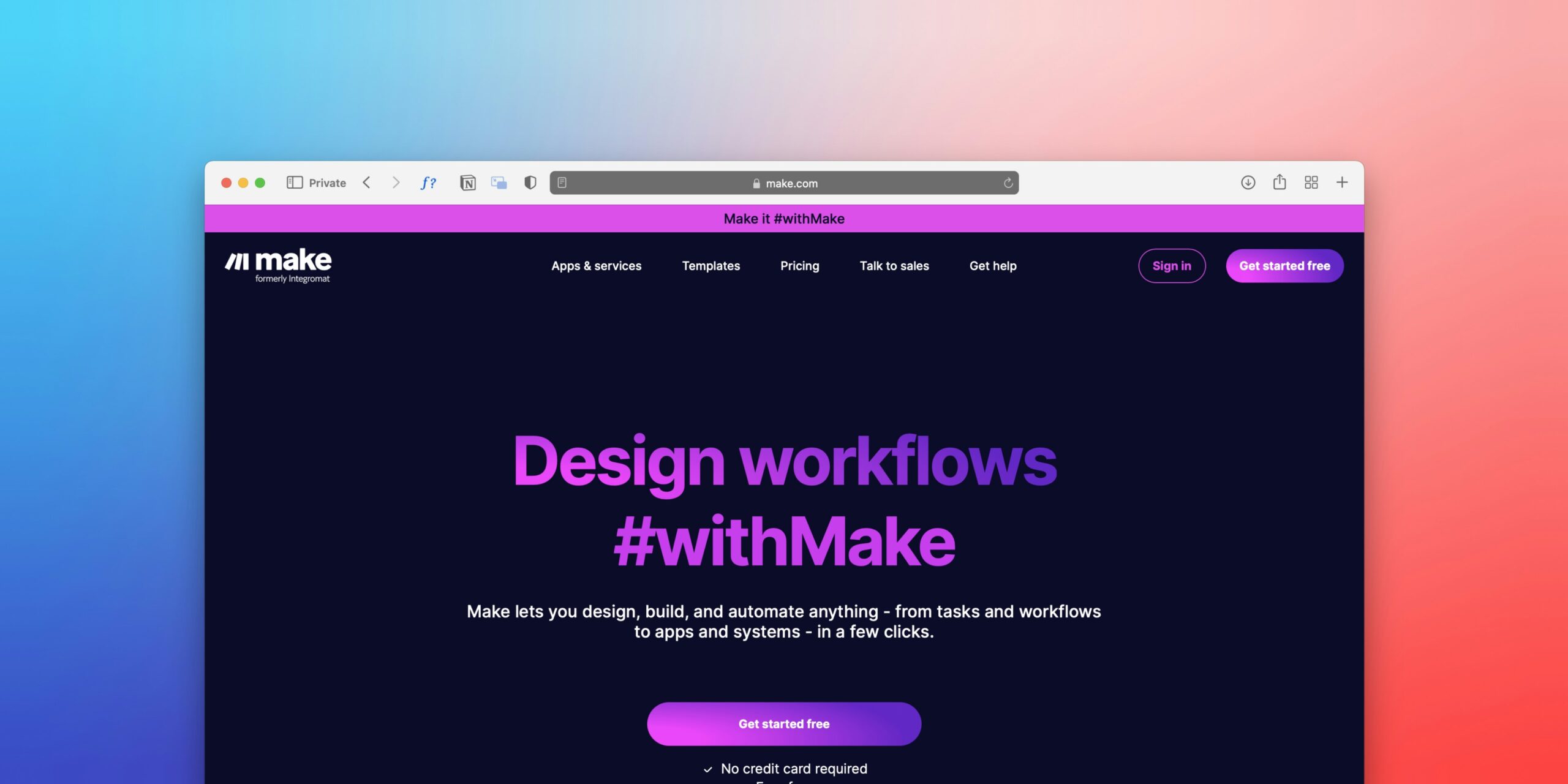In today’s competitive digital market, content is not merely informative—it is the strateIn the modern digital landscape, content is more than just information—it’s the fuel that drives customer engagement from awareness to retention. Each stage of the buyer journey requires a distinct approach, using the right formats and messaging to build trust and move prospects closer to a decision. Whether it’s a blog post that sparks initial interest or a case study that seals the deal, aligning content with customer needs ensures every interaction is timely, relevant, and results-driven. This blog breaks down how to structure and deliver effective content that supports engagement and conversion at every step.
Key Takeaways
- Content types must align with each stage of the buyer journey to nurture leads and build trust.
- Blog posts, infographics, and social media content create initial awareness.
- In-depth formats such as eBooks, webinars, and case studies nurture leads during consideration.
- Product demos and comparison guides drive decisions, while customer success stories and onboarding guides reinforce long-term loyalty.
- Automation and personalization enhance content delivery, ensuring a seamless, engaging customer journey.
What Content Types Are Most Effective in the Awareness Stage of the Buying Journey?

In the decision-making stage, potential customers evaluate the final details before committing to a purchase. Content should offer clear comparisons, in-depth product understanding, and persuasive tools that eliminate doubt. This phase is about reinforcing confidence through transparency, feature highlights, and credible proof. Formats like product demos, pricing pages, and comparison guides deliver the clarity and reassurance buyers need to move forward decisively.
How Do Blog Posts Build Initial Customer Awareness?
Blog posts capture early interest by tackling common challenges and offering valuable insights. They introduce a business’s expertise and establish trust at the start of the sales journey. When optimized with relevant keywords and visuals, blog posts appear in organic search and attract customers seeking solutions. Formats like how-to articles and listicles grab attention while guiding visitors toward deeper content. Internal linking supports further exploration, strengthening brand familiarity and funnel movement.
Why Is Social Media Content Crucial for Early Engagement?
Social media enhances visibility and introduces brands through short-form content like posts and stories. It enables real-time engagement, showcasing value in a relatable way and fostering emotional connection. Through updates and conversations, brands become approachable and memorable. Content teasers and shared blog links drive traffic and reinforce messaging. Audience interactions like shares and comments expand reach. Engaging visuals and captions create momentum. Algorithms reward active content, supporting awareness-stage goals.
What Role Do Infographics Play in Simplifying Complex Information?
Infographics turn complicated topics into visual narratives that are easy to scan and understand. By using graphs, illustrations, and brief copy, they present key ideas efficiently. These formats are especially useful in industries like automation or software, where visual clarity helps convey value. They support blog posts, social media, and gated content by improving retention. Their design boosts shareability across platforms. Infographics also complement SEO strategies by improving engagement rates.
Which Content Formats Best Support the Consideration Stage for Lead Nurturing?

During the consideration stage, potential customers are actively researching solutions and comparing options. At this point, content must go beyond surface-level value and deliver in-depth insights, real-world validation, and expert perspectives. Formats like ebooks, webinars, and case studies play a critical role in educating leads and positioning your brand as a trustworthy problem-solver. These resources should be rich, targeted, and designed to gently guide prospects toward a confident purchase decision.
How Do Ebooks Provide in-Depth Information for Potential Buyers?
Ebooks consolidate valuable insights into a single, downloadable format that educates while capturing leads. They often require an email submission, serving as a lead magnet. With organized chapters and detailed visuals, ebooks explain complex topics clearly. This format builds trust and positions the brand as a reliable resource. Content is tailored to address specific customer segments. Ebooks promote deeper engagement and move users further down the sales funnel toward conversion.
Why Are Webinars Effective for Engaging Interested Prospects?
Webinars offer a live, interactive platform where prospects can learn and ask questions in real time. Presenters walk through key topics in detail, building trust and understanding. Webinars give potential buyers a closer look at solutions, helping them connect features with their own challenges. They also generate lead data for follow-up. Recorded sessions extend content life. This format strengthens engagement and nurtures mid-funnel leads through targeted education.
What Content Personalization Strategies Improve Lead Nurturing?
Effective personalization starts with audience segmentation based on behavior and preferences. Tailored content formats—like personalized email sequences and dynamic website content—address specific pain points. Real-time data and automation tools ensure that each message feels timely and relevant. Personalization enhances user experience and drives more interactions. It builds a stronger connection with leads, increasing engagement. Ultimately, this strategy helps guide prospects smoothly through the funnel.
What Content Types Drive Decisions and Conversions in the Buying Journey?

In the decision-making stage, potential customers evaluate the final details before committing to a purchase. Content should offer clear comparisons, in-depth product understanding, and persuasive tools that eliminate doubt. This phase is about reinforcing confidence through transparency, feature highlights, and credible proof. Formats like product demos, pricing pages, and comparison guides deliver the clarity and reassurance buyers need to move forward decisively.
How Do Product Demos Showcase Software Benefits?
Product demos show exactly how a solution functions in real-time. They highlight core features and address specific user challenges. Demonstrations allow prospects to evaluate usability and fit. Visual walkthroughs provide context for how the product works in real situations. When paired with metrics and use case examples, demos boost buyer confidence. They answer common questions and reduce uncertainty. Ultimately, demos help prospects visualize success with the product.
Why Are Pricing Pages Essential for Purchase Decisions?
Pricing pages clarify cost breakdowns, feature sets, and upgrade options. They reduce buyer hesitation by presenting information transparently. Visual comparisons between pricing tiers aid in decision-making. Including value propositions alongside each tier increases appeal. Supplementary elements like FAQs and trial offers address objections. This content empowers buyers to assess value versus investment. Well-structured pricing pages increase conversions by eliminating confusion or guesswork.
How Do Comparison Guides Help Buyers Choose the Right Solution?
Comparison guides provide side-by-side breakdowns of competing options. They simplify complex features into digestible content. Charts or lists help users identify key differences quickly. Prospects can evaluate pros and cons at a glance. These guides often highlight benefits that align with unique business needs. They support confident decisions by clarifying what’s included. Comparison content also positions your solution as thoughtful and customer-focused.
What Sales Enablement Content Supports Closing Deals?
Sales enablement tools equip teams with resources that reinforce product value. These include one-pagers, calculators, objection-handling scripts, and battle cards. They help streamline communication and address buyer hesitations. Content is tailored to specific personas and decision points. Personalized follow-ups build urgency and trust. Formats like videos or interactive decks clarify complex points. Effective enablement strategies accelerate close rates and improve buyer confidence.
How Can Content Foster Customer Loyalty and Retention After Purchase?

After a customer makes a purchase, the focus shifts to maintaining satisfaction, deepening engagement, and encouraging repeat business. Content plays a major role in this phase by offering support, showcasing real success stories, and keeping customers informed and valued. From onboarding to ongoing communication, retention content reinforces product benefits and strengthens long-term relationships. These touchpoints turn one-time buyers into loyal advocates.
How Do Onboarding Guides Improve Customer Experience?
Onboarding guides help customers start strong with step-by-step guidance. They eliminate confusion by covering key features and next steps. Visual aids like videos or checklists speed up learning. This improves confidence and product adoption. Clear support reduces frustration and support requests. Early success increases satisfaction and long-term use. Guides ensure users get immediate value from their purchase. That early momentum supports lasting retention.
What Role Do Newsletters Play in Maintaining Customer Relationships?
Newsletters offer regular communication with meaningful updates and tips. They keep customers in the loop on new features or improvements. Including helpful content shows continued value beyond the initial sale. Segmentation ensures topics match reader interests. Visuals and clear CTAs boost engagement. Newsletters reinforce brand presence over time. They build trust and prevent disengagement. This ongoing interaction supports long-term satisfaction and repeat business.
How Does Marketing Automation Enhance Content Delivery Throughout the Buying Journey?

Marketing automation streamlines the way content reaches potential and existing customers across different touchpoints. It ensures timely, personalized interactions based on user behavior, which boosts engagement and conversions. Automated systems reduce the manual burden on teams while improving consistency in message delivery. This strategic approach strengthens the buyer journey from awareness to loyalty. It also enhances efficiency and responsiveness in marketing efforts.
What Is Automated Lead Nurturing and Its Benefits?
Automated lead nurturing delivers the right content at the right time without manual effort. It segments leads and triggers actions based on behavior. Emails, messages, or offers are scheduled to match each journey stage. This builds a consistent flow of communication. It increases lead engagement and shortens sales cycles. Automation also ensures follow-ups aren’t missed. It creates a smoother, data-backed customer experience. Ultimately, it improves conversion rates with less effort.
How Does Personalization Improve Customer Journey Experiences?
Personalization ensures every touchpoint feels tailored to the individual. It uses data like browsing history, preferences, or past actions. Customized emails, landing pages, and offers improve relevance. This encourages more interaction and reduces bounce. Personalization boosts emotional connection and trust. It also aligns content with the user’s actual goals. With better targeting, satisfaction and loyalty grow. Customers feel understood and valued throughout their journey.
What Data-Driven Insights Optimize Content Strategy?
Data reveals what content performs well and what needs change. Key metrics include click rates, time on page, and conversions. Analytics tools help pinpoint high-impact formats. This enables smarter planning and testing. Data also identifies weak points in the journey. Refining content based on insights improves results. Regular monitoring keeps strategies aligned with customer behavior. Data ensures content remains useful, targeted, and effective.
Frequently Asked Questions
How can brands ensure their blog posts effectively build customer awareness?
Brands can create awareness by publishing blog posts that address common pain points and offer clear, actionable insights. Incorporating targeted keywords and relevant multimedia enhances search visibility and engagement. Using Nurture Machine’s automated content scheduling and semantic targeting tools ensures consistent delivery to the right audiences at the right time.
What makes webinars such an effective tool in the consideration stage?
Webinars allow prospects to engage with product information through live Q&A, walkthroughs, and focused presentations. They build trust by answering questions in real time and showcasing solutions interactively. With Nurture Machine’s automated reminders and segmentation tools, businesses can promote webinars efficiently and follow up with personalized nurture sequences.
In what ways do customer success stories contribute to retention?
Success stories reinforce the product’s value by sharing outcomes that current users relate to. They build credibility, inspire confidence, and encourage deeper platform engagement. When used within Nurture Machine’s omnichannel delivery system, these stories can be personalized and timed to reinforce customer satisfaction and promote long-term loyalty.
How does marketing automation improve content delivery across the buyer journey?
Marketing automation streamlines follow-ups and delivers personalized, timely content based on buyer behavior. This targeted approach increases engagement and conversion rates while reducing manual workload, making the overall customer experience smoother.
What role does personalization play in optimizing the customer journey?
Personalization tailors content to each customer’s specific needs through customized emails, landing pages, and product recommendations. This method enhances engagement and satisfaction by ensuring every interaction is highly relevant, thereby reducing friction and driving conversions.
Conclusion
In summary, diverse content types are crucial in guiding potential customers through every stage of their buying journey. Awareness is built through blog posts, social media content, and infographics; consideration is deepened via eBooks, webinars, and case studies; while decision-making is driven by product demos, pricing pages, and comparison guides. Post-purchase retention benefits from customer success stories, onboarding guides, and newsletters. Integrating marketing automation and personalization further ensures that content is timely and relevant, which not only increases conversion rates but also strengthens long-term customer loyalty. Consistently updating content strategies based on data-driven insights provides a competitive edge in today’s crowded digital marketplace.






